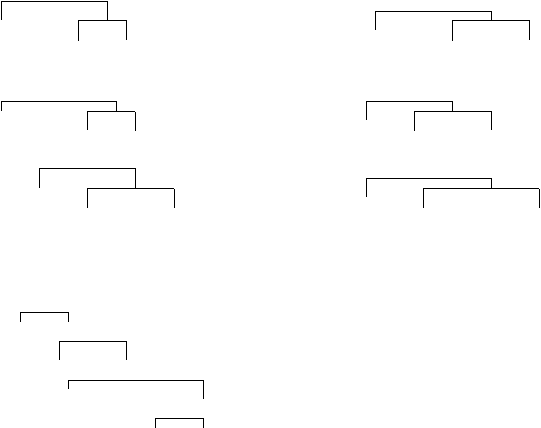
74
The active infinitive points out that the action is directed from the subject (either expressed or implied), the
passive infinitive indicates that the action is directed to the subject:
Active
Passive
He expected to find them very soon.
They expected to be found by night fall.
She was born to love .
She born to be loved.
I know I ought to have told you everything long ago.
She ought to have been told of what had actually
happened.
However, there are cases where the active form of the non-perfect infinitive denotes an action directed
towards the subject, that is although active in form it is passive in meaning:
His to blame.
The house is to let.
The question is difficult to answer.
There was only one thing to do.
The active infinitive thus used is called retroactive.
The retroactive infinitive is rather productive although in nearly all cases it can be replaced by the
corresponding passive form:
He is to blame —> He is to be blamed.
There was only one thing to do ——> There was only one thing to be done.
Syntactical functions of the infinitive
§ 101. The infinitive performs almost all syntactical functions characteristic of the noun, although in each of
them it has certain peculiarities of its own. In all syntactical functions the infinitive may be used:
1) alone, that is, without any words depending on it:
She would like to dance.
2) as the headword of an infinitive phrase, that is, with one or more words depending on it:
She would like to dance with him tonight.
3) as part of an infinitive predicative construction, that is, as a logical predicate to some nominal element
denoting the logical subject of the infinitive:
She would like him to dance with her.
She waited for him to dance first.

